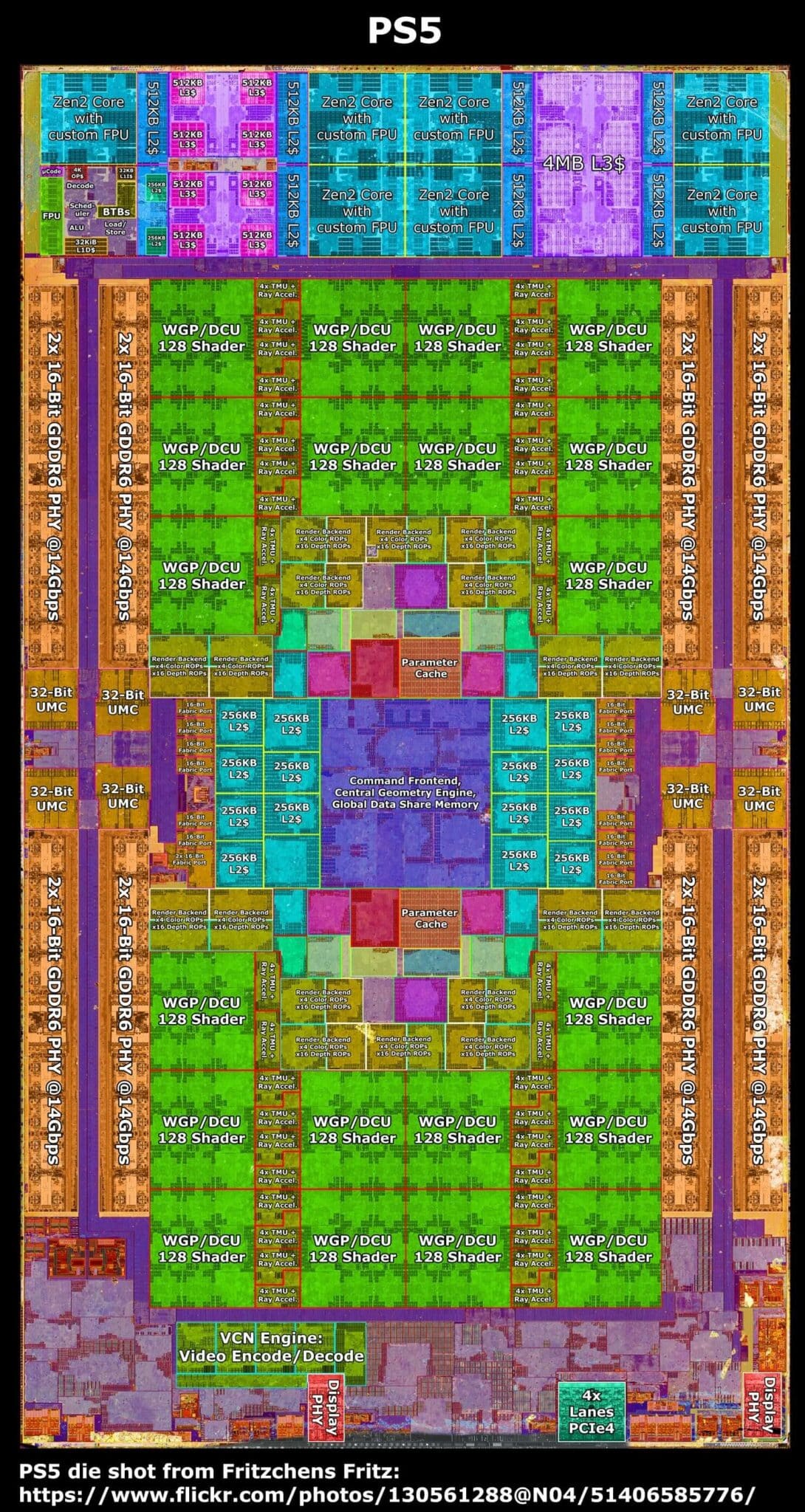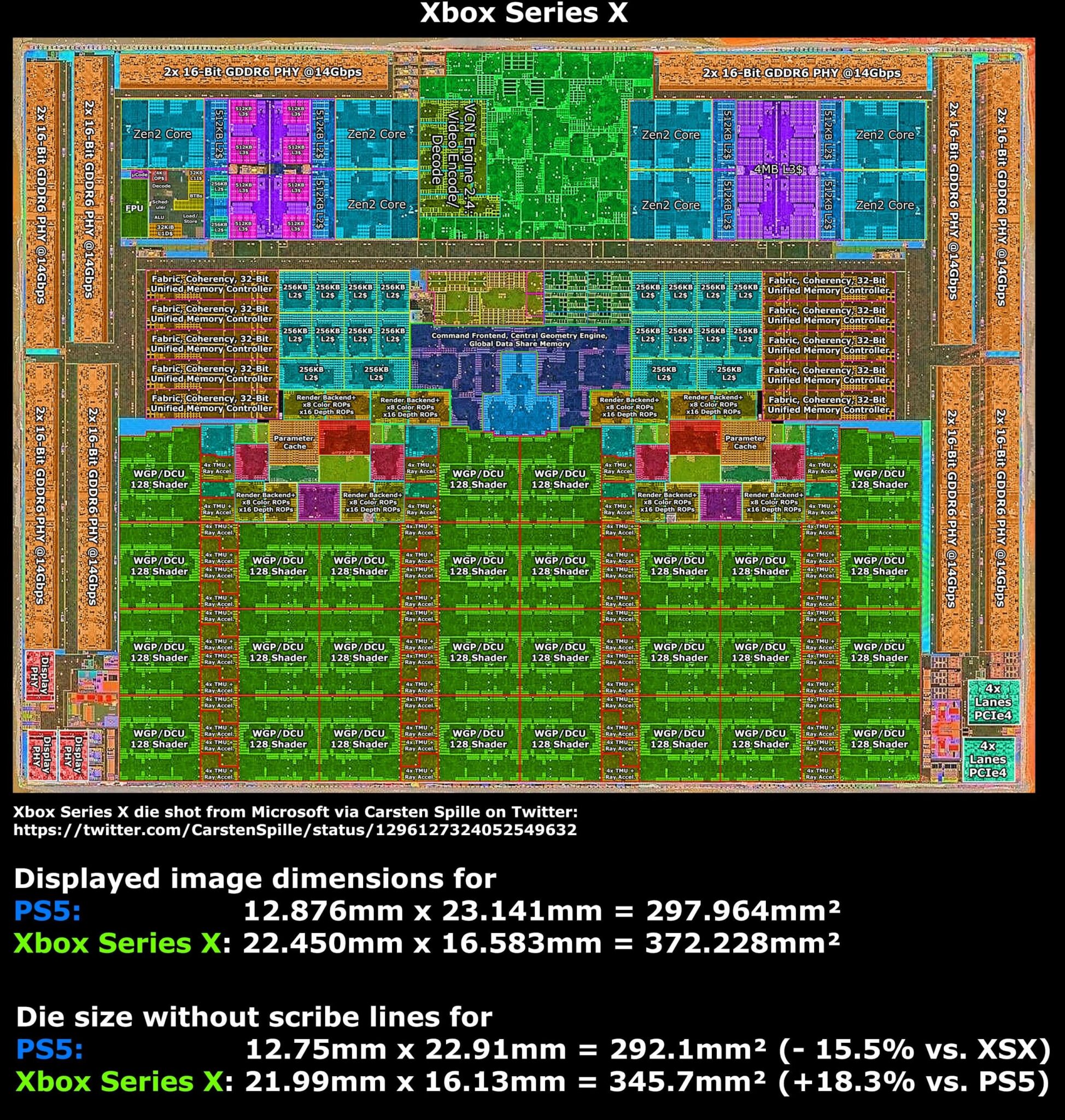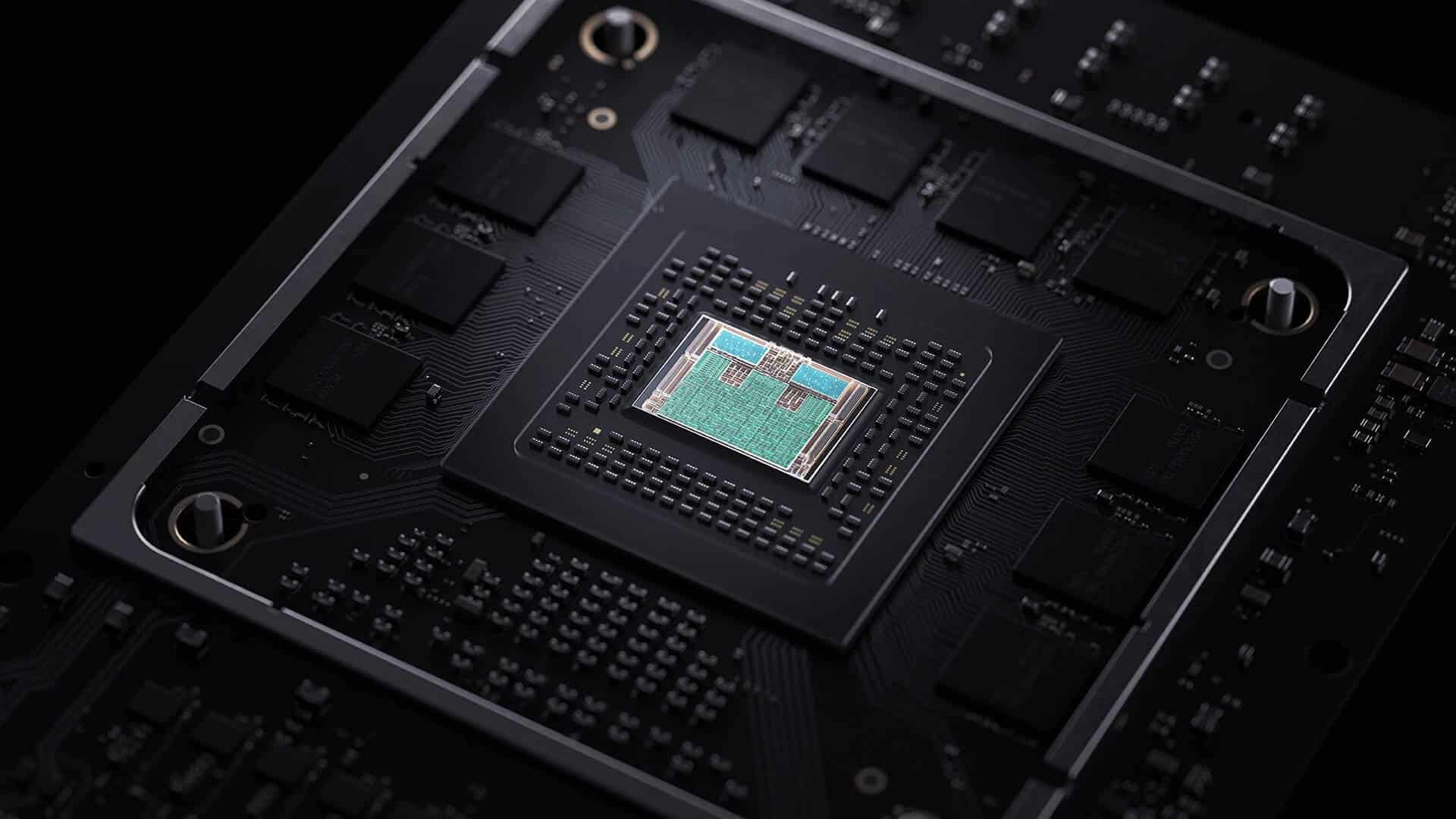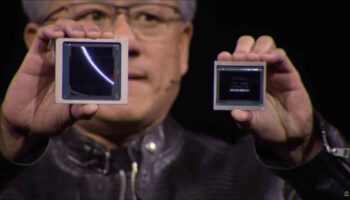The PlayStation 5 and the Series X consoles launched last year, with largely similar underlying CPUs and GPUs. While the former features fewer Compute Units (36) in its GPU, it had higher adaptive clocks (2.33 GHz peak). On the other hand, the Series X has more ALUs (52), its operating clocks are static but slightly lower (1.825 GHz). On the CPU side, both consoles feature eight Zen 2 cores. The PS5 has runs its CPU cores at 3.5GHz, while the Series X is pegged at 3.8GHz.
| Xbox Series X | PS5 | |
| CPU | 8x Cores @ 3.8 GHz (3.66 GHz w/ SMT) Custom Zen 2 CPU | 8x Cores @ 3.5 GHz (variable frequency) |
| GPU | 12 TFLOPS, 52 CUs @ 1.825 GHz Custom RDNA 2 GPU | 10.3 TFLOPS, 36 CUs @ 2.33 GHz (variable frequency) |
| Die size | 360.45 mm | TBD |
| Memory | 16 GB GDDR6 | 16 GB GDDR6 |
| Memory bandwidth | 10GB @ 560 GB/s, 6GB @ 336 GB/s | 448 GB/s |
| Internal Storage | 1 TB Custom NVME SSD | 825 GB Custom NVME SSD |
| I/O Throughput | 2.4 GB/s (Raw), 4.8 GB/s (Compressed, with custom hardware decompression block) | 5.5 GB/s (Raw), up to 8-9GB/s (Compressed) |
If you have a deeper look at the CPU and GPU, that’s where the differences arise. While the Series X features identical CCXs (CPU Core Complexes) as the Renoir mobile APUs, the PS5 appears to feature cut-down FPUs. Although both the console CPUs are capable of AVX256 instructions, the latter has fewer FP registers which means more frequent stalls with longer FP instructions. It’s unclear whether the Execution Logic has been cut or not, but there are at least one or two FP EUs with native AVX256 support. The other two might have been cut in half (or not).

The GPUs of the consoles (not considering the raw shader count) are very similar to each other. The PlayStation 5 features 40 CUs (20 WGPs), with 36 of them being functional, while the Series X has 56 CUs (28 WGPs), with 52 of them being enabled. This extra hardware is to keep costs in check, as very rarely do you get silicon with everything functional. Yields depend on the process node and its maturity.
Each CU is divided into two SIMDs, each packing 32 ALUs. These look different in structure across the two consoles, while also being different from the Navi 14 die that powers the Radeon RX 5500 series. However, taking the PC GPU die into account, the SIMDs on the Series X and PS5 are closer to each other than Navi 14.
The front end of the GPUs (Primitive/Geometry Unit and Rasterizer) look pretty much identical. We’re looking at two Prim Units and two Rasters per SE, much like the one found on the RDNA parts, and hence different from RDNA 2. The latter features fewer primitive units, but with better pre and post-culling capabilities
Moving to the backend, we’re once again looking at different implementations of the same functionality. The PS5 has four RBs per Shader Array (like RDNA 1), with a total of 72 on the entire SoC (only 64 are functional). Each RB has four color ROPs and sixteen depth ROPs, once again much like RDNA 1.
The Series X, on the other hand, uses the RB+ design seen on RDNA 2 which doubles the throughput from four to eight 32-bit pixels per cycle, along with sixteen depth samples, in addition to advanced H/W VRS support. The PS5 relies on a software/API variant of VRS. The use of the RB+ design has allowed MS to reduce the area consumption of the RBs in half compared to the PS5, although the real-world benefits will vary from application to application.

Finally, looking at the Ray Accelerators and the Texture Units (TMU), the area consumed by each unit is the same on the XSX and the PSU. However, there are differences in how the logic is organized within each unit. The same goes for the L0 cache. The scalar units are perhaps the only identical units within the CUs. Overall, the Xbox Series X die is 18% larger than the PS5 (345.7mm2 vs 292.1mm2).
For more info on the memory configuration and bus widths, you can read the following post:






